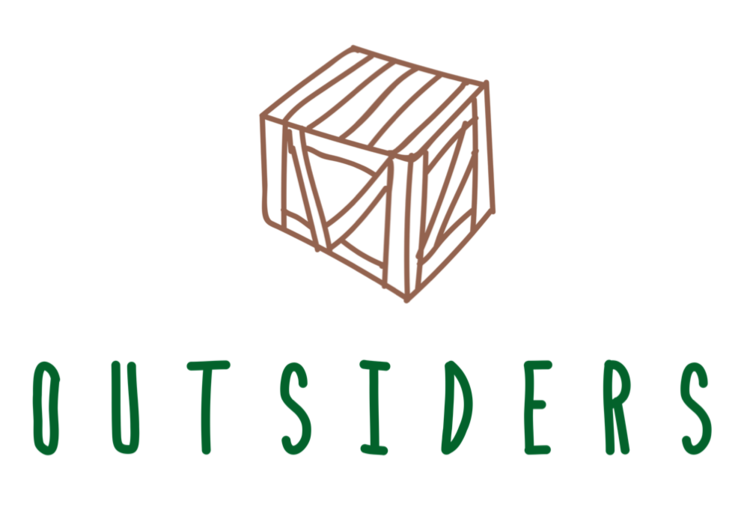A common discussion we have with those we work with, practitioners, parents and other stakeholders is one around deciphering, or justifying "is what the children doing play"? This is problematic as it is subjective. Is rough and tumble play really play? Can music, math and science be play? Is banging a nail to join two pieces of wood together play, or as many adults would consider it, work?
To help explain this to to others we need to go back to our own definition of play, one that any playworker would recognise... “Play is a set of behaviours that are freely chosen, personally directed, and intrinsically motivated” (Wilson, 2009). This definition is important as it speaks to the motivation of play, not the activity itself.
In the words of evolutionary psychologist Peter Gray (2008) “Two people might be throwing a ball, or pounding nails, or typing words on a computer, and one might be playing while the other is not”. This is important. This presents critical context to analysing play as it focuses not on a tangible activity, that may or may not be play, but the intangible cognitive process that determines it is play. This lens of understanding is a valuable tool for any teacher or educator facilitating or observing play in any environment.
The answer will lie not in wondering what activities are or are not play, but asking why the children are involved in those activities.

